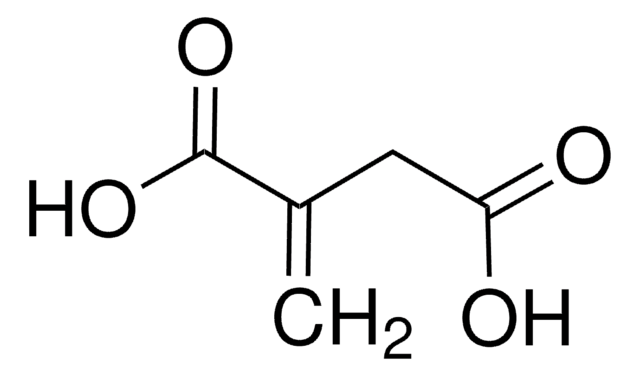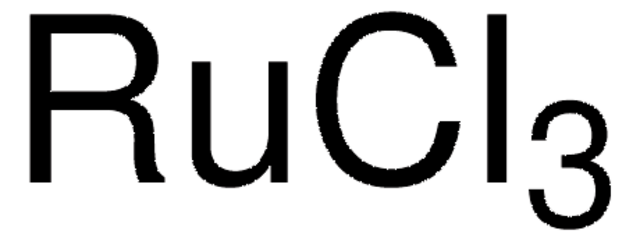224235
N,N′-Hexamethylene bis(acetamide)
98%
Synonym(s):
N,N′-Diacetyl-1,6-hexanediamine, HMBA
Sign Into View Organizational & Contract Pricing
All Photos(2)
About This Item
Linear Formula:
CH3CONH(CH2)6NHCOCH3
CAS Number:
Molecular Weight:
200.28
MDL number:
UNSPSC Code:
12352100
PubChem Substance ID:
NACRES:
NA.22
Recommended Products
Assay
98%
mp
128-129 °C (lit.)
solubility
water: soluble 5%, clear, colorless
functional group
amide
SMILES string
CC(=O)NCCCCCCNC(C)=O
InChI
1S/C10H20N2O2/c1-9(13)11-7-5-3-4-6-8-12-10(2)14/h3-8H2,1-2H3,(H,11,13)(H,12,14)
InChI key
BNQSTAOJRULKNX-UHFFFAOYSA-N
Looking for similar products? Visit Product Comparison Guide
Application
N,N′-Hexamethylene bis(acetamide) was used as an inducing agent in obtaining mononuclear cells from the peripheral blood (PB) sample by Ficoll-Hypaque gradient separation.
Storage Class Code
11 - Combustible Solids
WGK
WGK 3
Flash Point(F)
Not applicable
Flash Point(C)
Not applicable
Personal Protective Equipment
dust mask type N95 (US), Eyeshields, Gloves
Choose from one of the most recent versions:
Already Own This Product?
Find documentation for the products that you have recently purchased in the Document Library.
Xuguang Zhu et al.
Clinical cancer research : an official journal of the American Association for Cancer Research, 23(2), 430-440 (2016-07-22)
New therapeutic approaches are needed for patients with thyroid cancer refractory to radioiodine treatment. An inhibitor of bromodomain and extraterminal domain (BET) proteins, JQ1, shows potent antitumor effects in hematological cancers and solid tumors. To evaluate whether JQ1 is effective
Maria Chatzopoulou et al.
European journal of medicinal chemistry, 50, 75-80 (2012-02-22)
Based on previous studies on bis-acetamides that act as hybrid polar compounds to induce leukemia cell differentiation, an attempt was made to bioisosterically replace the amide moiety with the lipophilic non-classical bioisostere tetrazole. A pyrrole group was also included in
J P Brody et al.
Cancer, 75(10), 2474-2483 (1995-05-15)
A 63-year-old male presented with fever, a subcutaneous nodule, gingival hypertrophy, lacrimal gland enlargement, and no lymphadenopathy or hepatosplenomegaly, but had anemia, thrombocytopenia, and peripheral blood (PB) plus bone marrow (BM) involvement by leukemic cells. There was minimal response to
Richard L Thompson et al.
PLoS pathogens, 5(3), e1000352-e1000352 (2009-03-28)
The mechanism controlling the exit from herpes simplex virus latency (HSV) is of central importance to recurrent disease and transmission of infection, yet interactions between host and viral functions that govern this process remain unclear. The cascade of HSV gene
Wali Hafezi et al.
PLoS pathogens, 8(5), e1002679-e1002679 (2012-05-17)
Following productive, lytic infection in epithelia, herpes simplex virus type 1 (HSV-1) establishes a lifelong latent infection in sensory neurons that is interrupted by episodes of reactivation. In order to better understand what triggers this lytic/latent decision in neurons, we
Our team of scientists has experience in all areas of research including Life Science, Material Science, Chemical Synthesis, Chromatography, Analytical and many others.
Contact Technical Service







